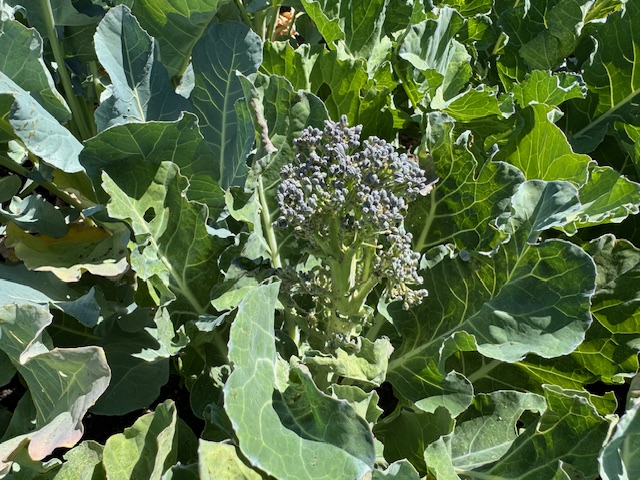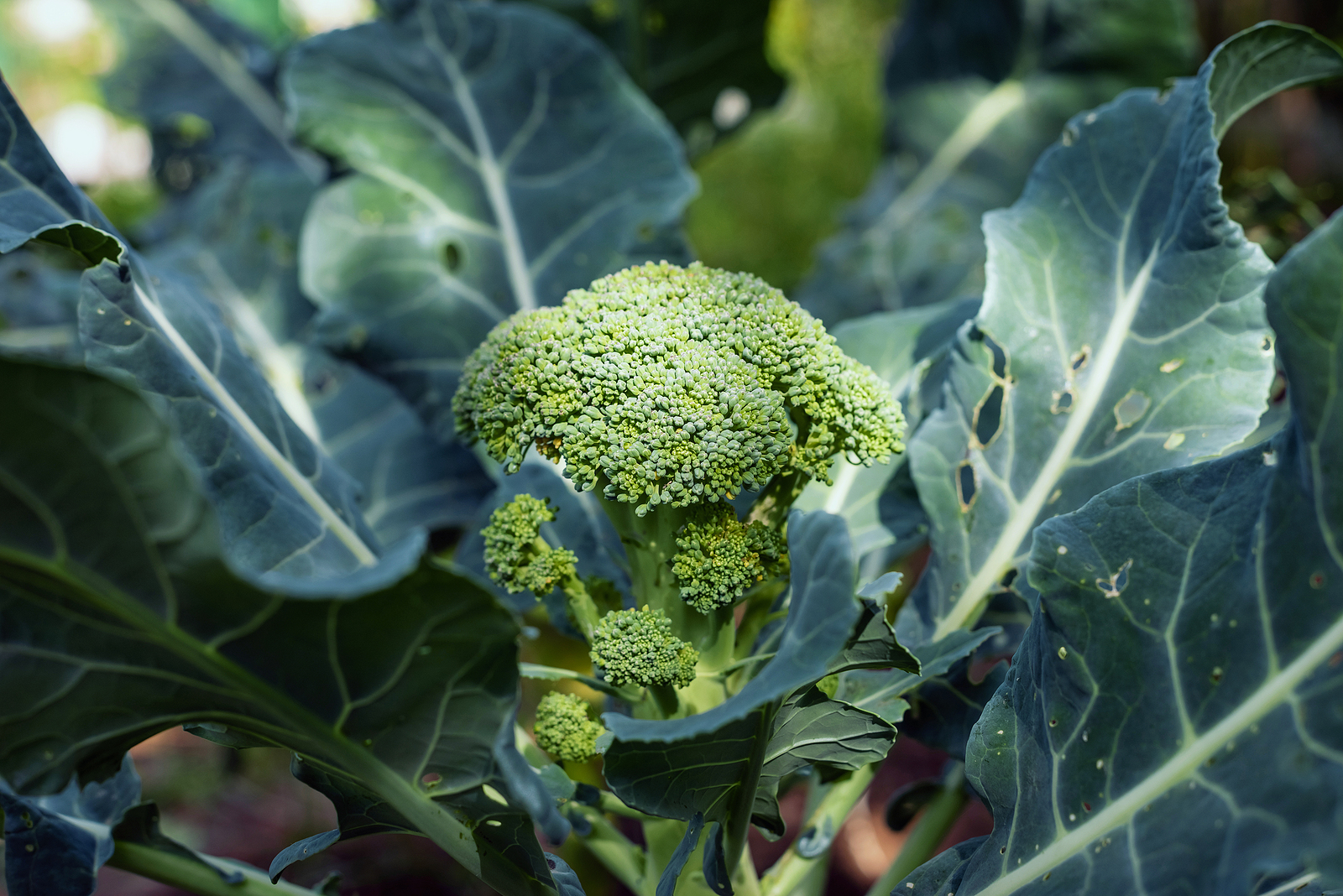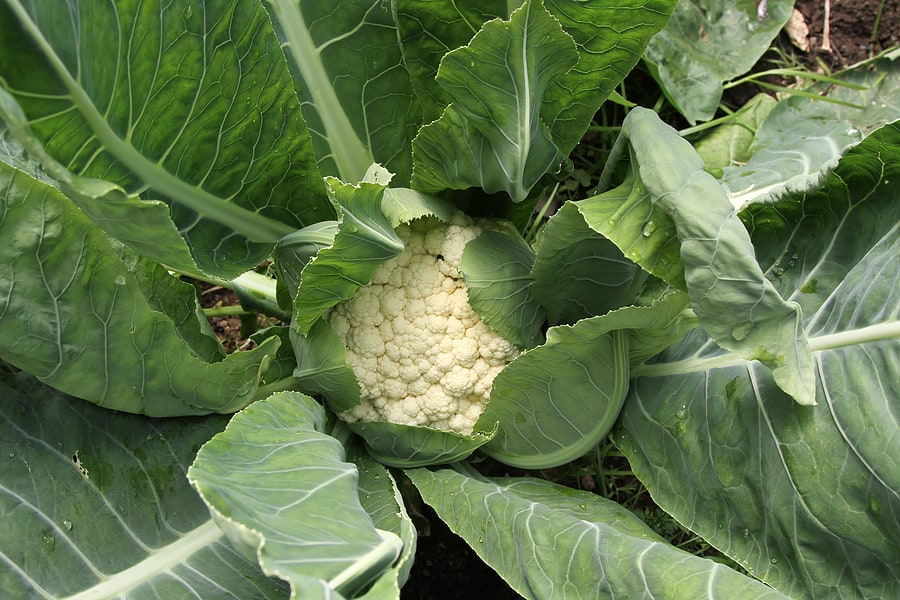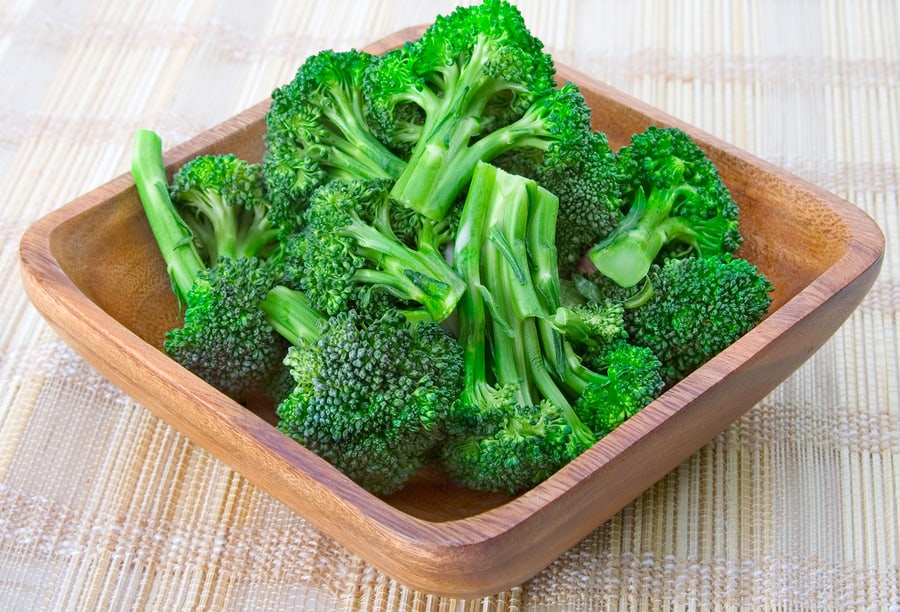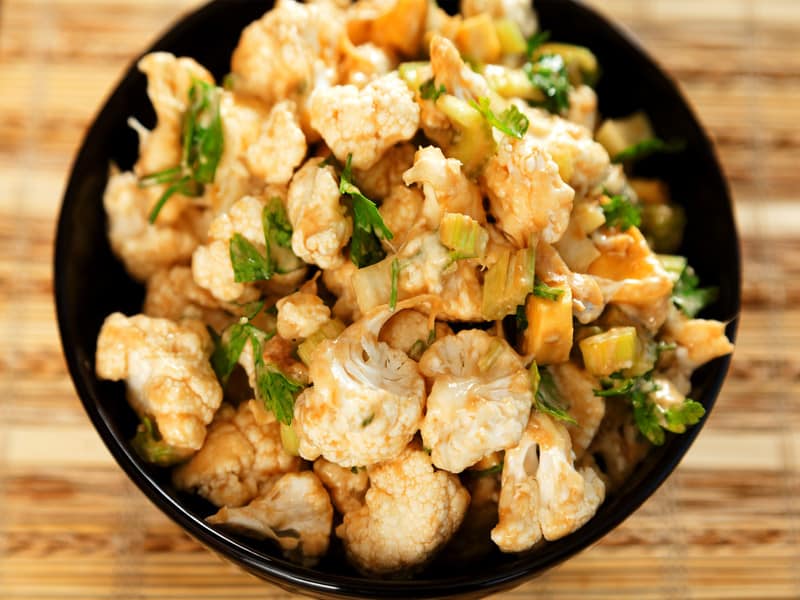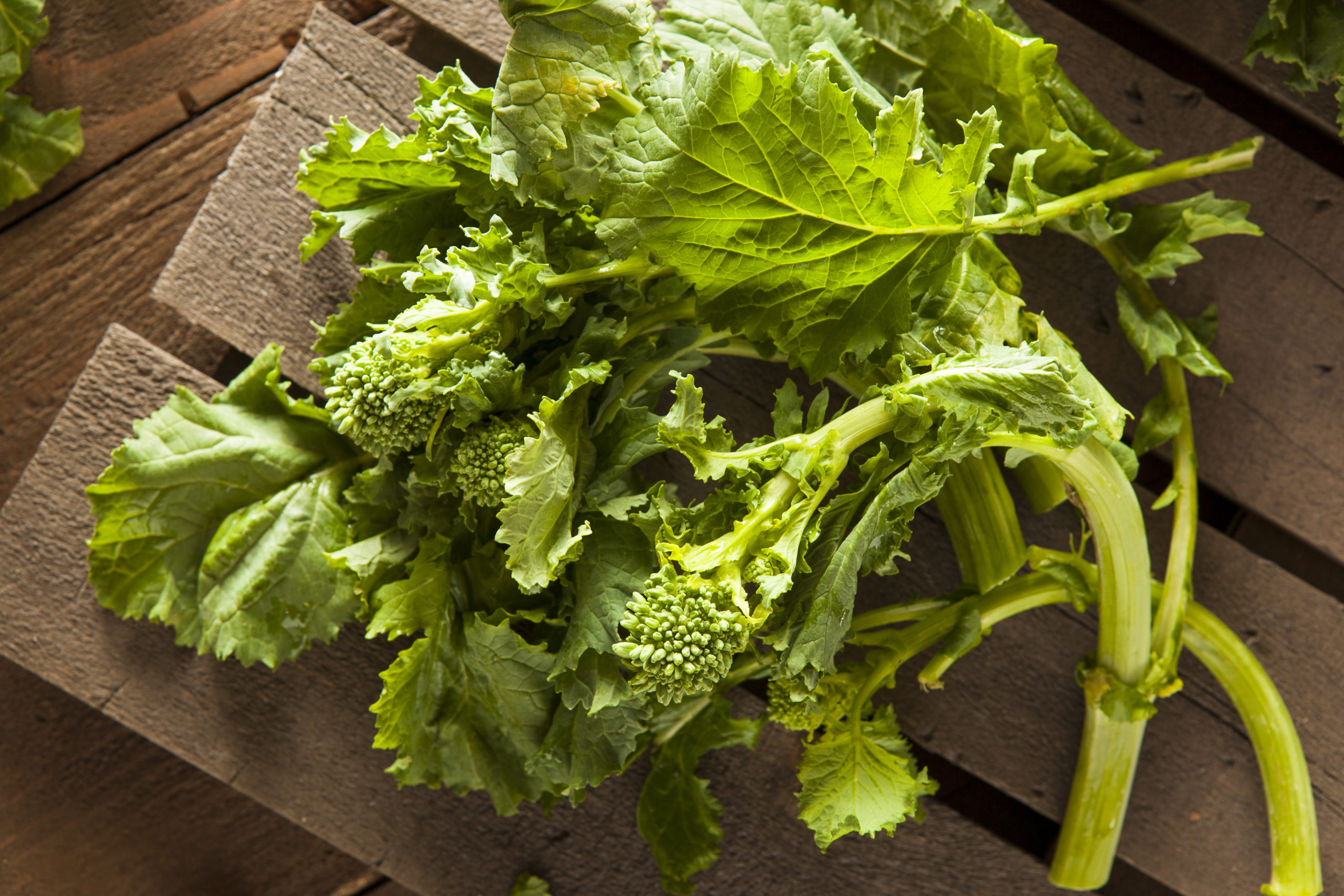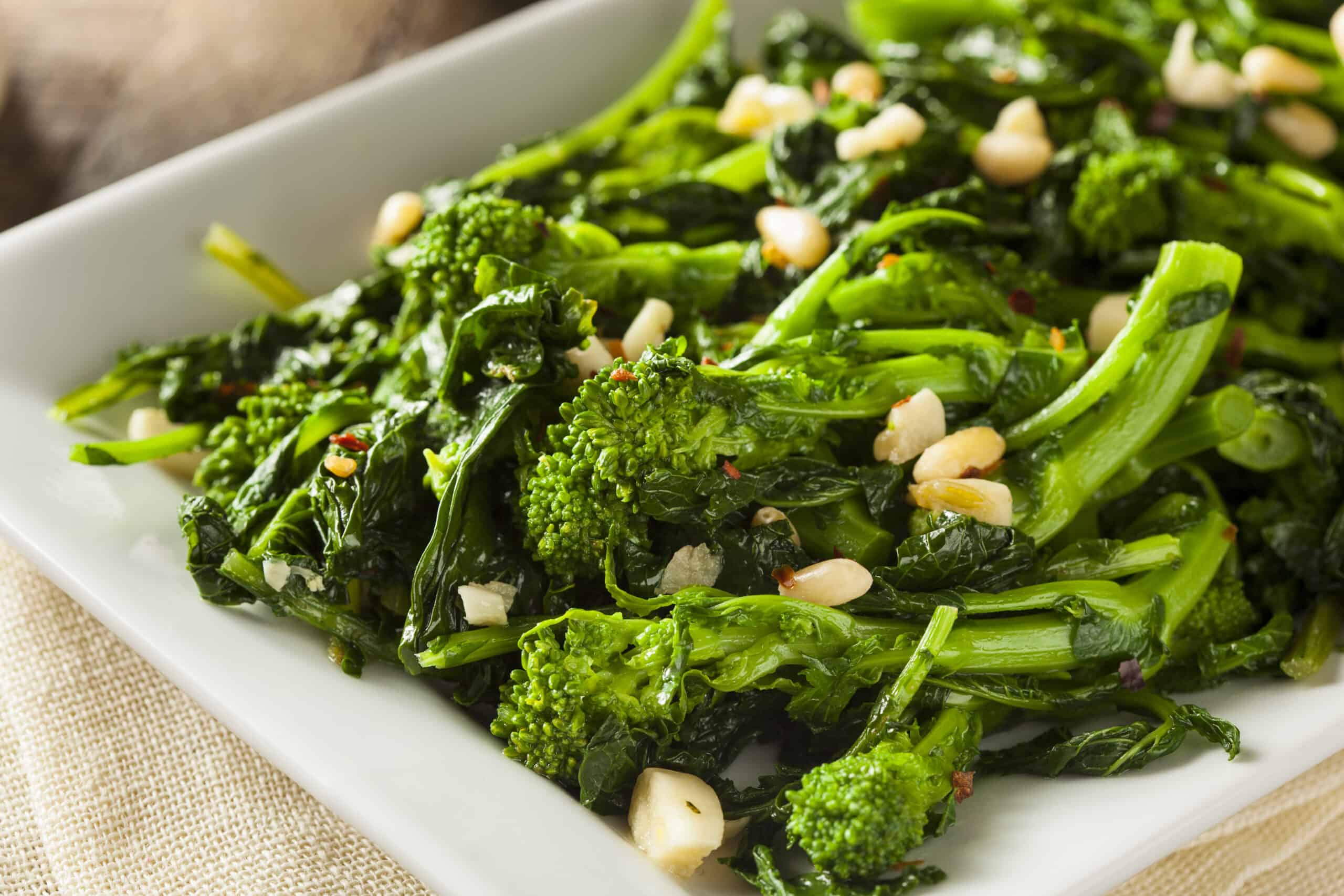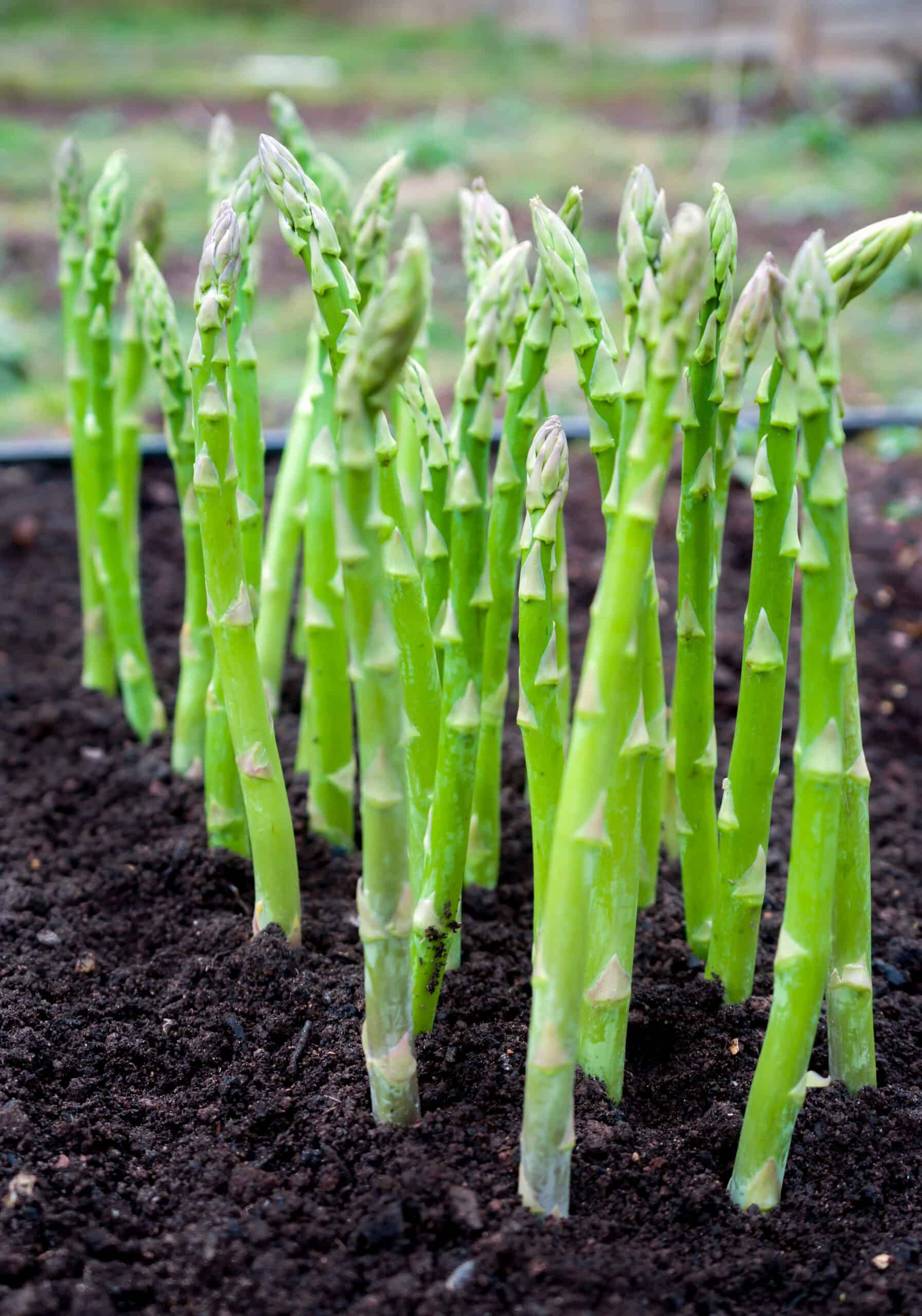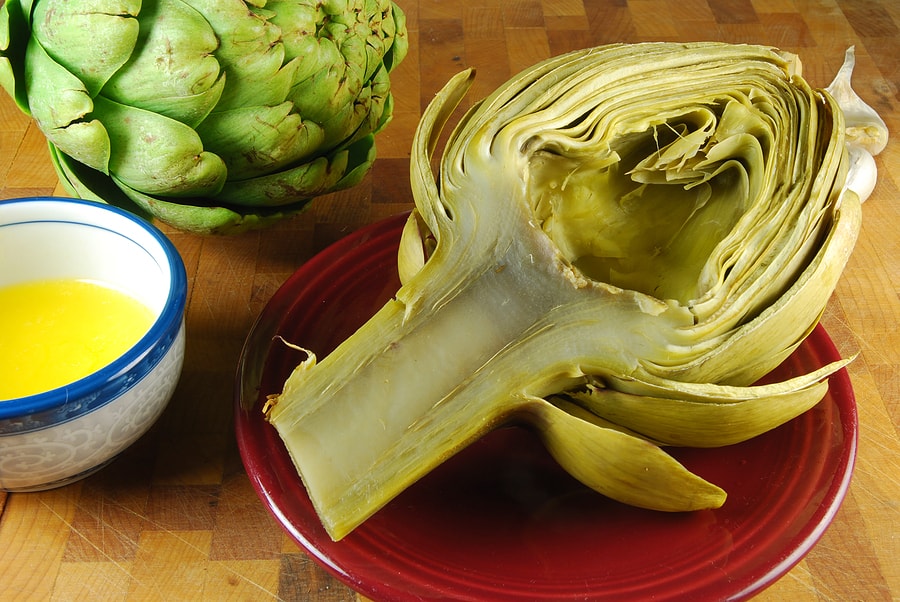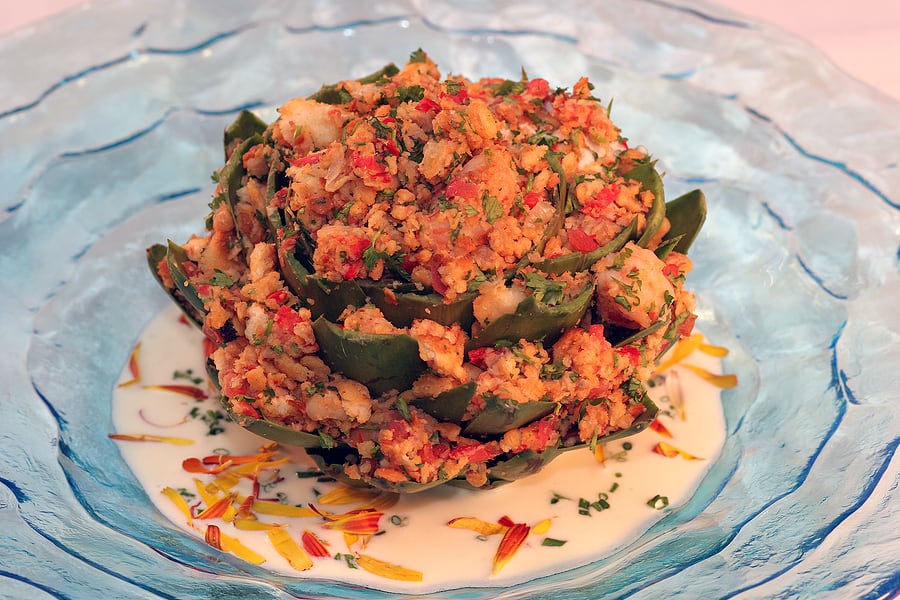Flower Vegetables
Latest stories
More stories
-
How to Plant and Grow Cauliflower
Cauliflower is grown for its edible flower buds that form a solid head atop single stalks. The heads are edible raw or cooked. While cauliflower is perhaps the most delicious member of the cabbage family, it is also the most finicky to grow in the home garden. When the conditions are right, even the novice […] More
-
Seven Ways to Prepare and Cook Broccoli
Just out of the garden, soak broccoli for about 10 minutes in salty water. This ensures any tiny bugs still hiding out will be dispatched. Then I rinse each flower head under cold running water. You’ll want to cut away the tough lower stalk leaving just 3 inches or so below the base of the […] More
-
Creative Cauliflower Recipe Ideas for Your Kitchen Table
The perfect thing about cauliflower is that the size of the head is no indicator of quality. Big heads or small snack-sized heads–as long as they are fresh–will be equally tasty. Cauliflower is best harvested in late spring or fall when temperatures are moderate to cool. Kitchen Helpers from Amazon: Fresh cauliflower should taste mildly […] More
-
Growing and Harvesting Broccoli Raab: A Practical Guide
Raab is also called broccoli raab. Raab is a vegetable grown for its edible stems, leaves, buds, and flowers. Raab looks like loose-topped broccoli, but it is actually a kind of turnip. Like broccoli, raab or broccoli raab is harvested when flower stalks have developed buds, but before the buds open. That’s the same as […] More
-
Four Ways to Cook and Serve Broccoli Raab
Broccoli raab and rapini are not synonymous, but when it comes to recipes they practically are. Broccoli raab [rob] has long, thin rich-green stems (6-9 inches/18-23 cm long) topped with scattered clusters of broccoli-like florets. The flavor is nutty and both pungent and zesty. Rapini [rah-PEE-nee] is similar to broccoli raab but with fewer florets […] More
-
How to Plant and Grow Artichokes
Artichokes are perennial plants. Artichokes prefer cool, moist summers and mild winters. The perennial artichoke plant will not survive where the ground freezes. The artichoke is an edible thistle flower bud that is eaten before it opens. Artichokes are tender perennials that grow from 3 to 4 feet (.9-1.2m) tall and to 6 feet 1.8m) […] More
-
How to Grow Asparagus
Asparagus is a long-lived perennial vegetable that requires three to four years to become established and productive. Once established, an asparagus plant can produce spears for 15 to 20 years or more. It is best to grow asparagus in dedicated planting beds–often referred to as the “asparagus patch”. Asparagus grows from fleshy roots called crowns. […] More
-
How to Cook and Serve Artichokes
You can be as simple or fancy as you want with artichokes. The simplest way to cook an artichoke is to trim away the thorny ends and stand it upright in a deep saucepan large enough to hold them snugly. Cook them covered in two inches of gently boiling salted water for 35 minutes or […] More
-
Artichokes and Mint Side Salad
Thin sliced baby artichoke hearts tossed with thin sliced mint leaves, a bit of chopped garlic, fresh lemon juice and extra virgin olive oil then sprinkled with Parmesan cheese makes a tasty side salad. Baby artichokes are plentiful in spring. Artichokes are actually flower buds. You want to pick them while they are still tightly […] More
-
Artichokes Steamed and Stuffed
Artichokes are always eaten cooked. Once cooked, they can be served hot, warm or cold. Pull off each leaf; dunk it in the sauce; put it in your mouth and pull, scraping the tender flesh through your teeth. Cut the tender nut-flavored bottom into bite-sized pieces, dunk in sauce and eat. Serve with béchamel, butter, […] More

